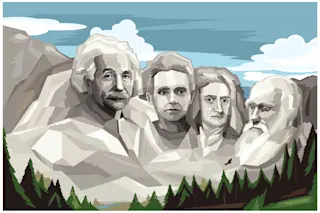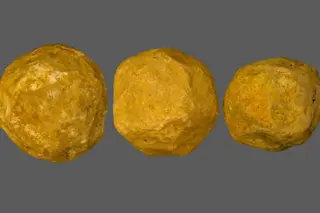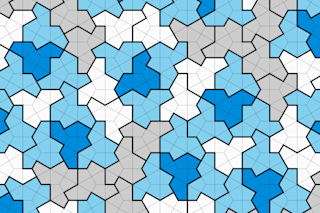The world is not smooth, made of perfect spheres and unbroken lines. Its edges are tattered and torn, ragged yet recognizable. Last week the world lost the man whose mathematics helped to explain those patterns we see all the time in nature. On Thursday, Benoît Mandelbrot died. His great book The Fractal Geometry of Nature appeared in 1982, and its fascinating notion rests on the idea of a shape becoming more and more complicated the further in one zooms.
"Fractals are easy to explain, it's like a romanesco cauliflower, which is to say that each small part of it is exactly the same as the entire cauliflower itself," Catherine Hill, a Gustave Roussy Institute statistician, [says]. "It's a curve that reproduces itself to infinity. Every time you zoom in further, you find the same curve." [PC World]
By delving into fractals while at IBM in the 1950s and spending the ...














